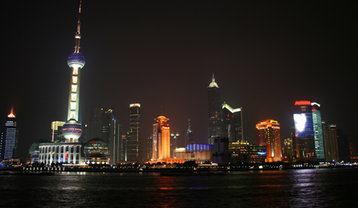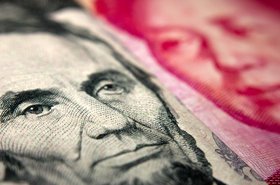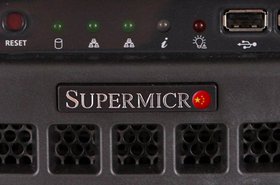Google has shifted the production of the majority of its US-bound motherboards from China to Taiwan, Bloomberg reports.
According to people familiar with the matter, the decision was made to avoid the 25 percent tariff levied by the US government against some Chinese goods, as well as to reduce the risk of being at the mercy of an increasingly hostile government in Beijing.
In its discussions with its suppliers, Google did not bring up any security concerns about Chinese-made motherboards.
The company is also planning to move the production of Nest thermostats out of the country, and into Taiwan and Malaysia.
Big trouble in big China
Google is impacted by the 25 percent tariff because it buys server components from China and then assembles them elsewhere - motherboards are categorized as printed circuit board assembly, a good impacted by the tariff. Companies that buy completed servers are not affected, as they are currently not covered by the tariff.
The trade dispute, now over a year old, has led US companies to look for supply chain alternatives.
Taiwanese manufacturing giant Foxconn this week claimed that its controversial planned Wisconsin, US, factory will no longer just manufacture LCD displays as initially planned. Instead it will expand its production portfolio to also manufacture servers, networking products and automotive central controls products. Foxconn's integrated circuit production head Young-May Liu said that the factory's portfolio "is all for addressing the need in the US market."
It should be noted that Foxconn previously promised a $10bn investment and the creation of 13,000 jobs in Wisconsin, in return for some $4.1 billion in tax incentives and subsidies, but has repeatedly delayed its project, failed to hit milestones, and changed its goalposts.
So far, increased US tariffs against China have not led to significant manufacturing growth in the US. Instead, the biggest beneficiaries have been 'third countries,' primarily Vietnam, Taiwan and Chile, economists at Japanese investment bank Nomura report.
"Some exporters in the US and China may be willing to absorb part of the additional tariff costs in their profit margins, and some multinationals could opt to re-shore production, but the trade literature shows that, over time, the largest response is likely to be trade diversion," Nomura states.
"Indeed, higher US-China tariffs make suppliers in the rest of the world more competitive relative to US and Chinese firms."
Google's relationship with China
Outside of the tariff costs that impact its bottom line, Google has long had a troubled relationship with China.
The company initially refused to censor search results in China, and then claimed it was subject to state-sponsored hacks, ultimately leaving the country altogether in 2010.
It has since tried to cautiously return to the nation, home to the world's largest population of Internet users. Google started slow at first, holding events promoting TensorFlow, its open source software library for machine learning, and in 2017 opened an AI research center in Beijing. Alphabet’s private equity arm, CapitalG, is also thought to have started reaching out to Chinese AI companies.
Then, in 2018, The Intercept reported on project ‘Dragonfly,’ an ambitious and controversial multi-year effort to bring its search engine back to China as a censored, government-approved version, delivered to users in partnership with a domestic company.
After the project was made public, Google faced condemnation from human rights groups, politicians, and its own employees. While Dragonfly is not expected to be launched soon, and some engineers were moved off of the project, it is believed to still be under development.
As for the company's cloud division, it has also been exploring how to bring the service to China.
Chinese law requires the data of the country’s citizens to be stored within its borders; in order to offer cloud services, foreign cloud companies have to partner with a domestic business that will actually own the data centers used. This restriction was at one point a matter of negotiation between the US and China, but talks fell apart as Trump increased tariff rates from 15 to 25 percent.
Last year, in an effort to comply with this law, Google began talks with Tencent Holdings, Inspur Group and other Chinese companies to consider partnering on local cloud services. Google and Tencent also announced a “long-term” patent cross-licensing agreement across “a broad range of products and technologies.”
But, with US-China tensions rising, and large technology companies keen to not offend China or an increasingly antitrust focused US political class, it is unclear if Google is still considering the move.




